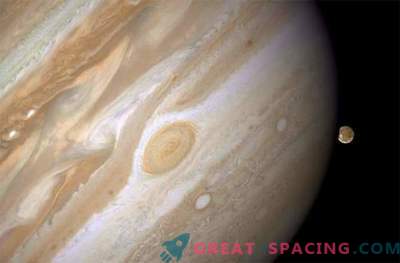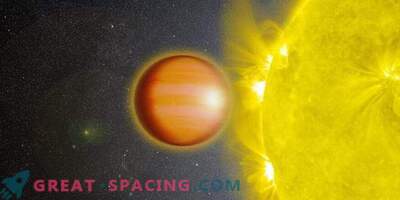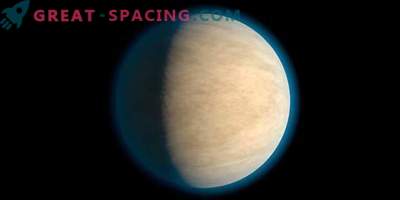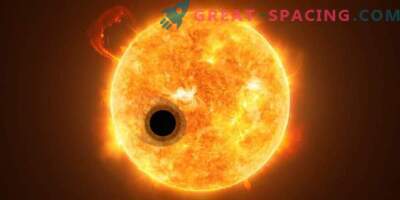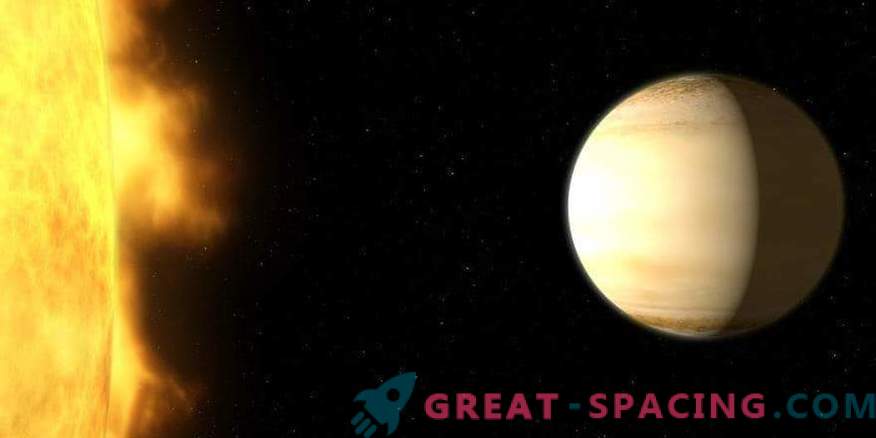
British and American scientists used data from several earth and space telescopes to examine the atmosphere of hot and bloated exoplanets of the Saturn type WASP-39b, 700 light-years distant from us. Spectrum analysis revealed a huge amount of water in the atmosphere (three times more than that of Saturn)
Researchers used a NASA Hubble telescope to study the atmosphere of a hot exoplanet WASP-39b. Combining information with previous data, they managed to create the most complete study of the atmosphere of exoplanets. The atmospheric composition of WASP-39b hints that the formation of exoplanets may be very different from the creation of giants of our system.
The study of the exoplanetary atmosphere will allow you to take a fresh look at how and where the planets are created around the star. WASP-39b rotates around a sun-shaped star at a distance of 700 light years from us. Refers to the type of “hot Saturn”, as it converges with the planet of the solar system in mass and distance from the star. But there are differences between them. For example, the WASP-39b is not yet noticeable ring system, and the atmosphere is denser and free from high-altitude clouds. Considering the filtering of starlight through the atmosphere, scientists have recorded clear evidence of atmospheric water vapor. In fact, WASP-39b has three times more water than Saturn. Although the researchers predicted the presence of water vapor, they were surprised by the amount found. This suggests the presence of a significant amount of heavier elements in the atmosphere and suggests that a large amount of ice material has accumulated on the planet, which has gathered in the atmospheric layer. This type of bombing is possible only if the WASP-39b lived farther from the star than it is now.
Analysis of the atmospheric composition and today's location indicates that the planet has undergone unusual internal migration. Now the object is 8 times closer to the star than Mercury to the Sun, and it takes 4 days to orbital flight. Also, the planet is in the gravitational block - always turned to the planet by one side. Surface temperature - 750 ° C.
The team plans to use the future telescope, James Webb (starting in 2019) to get an even more detailed WASP-39b spectrum. The telescope will be able to collect data on atmospheric carbon, absorbing longer wavelengths than is available to Hubble.

